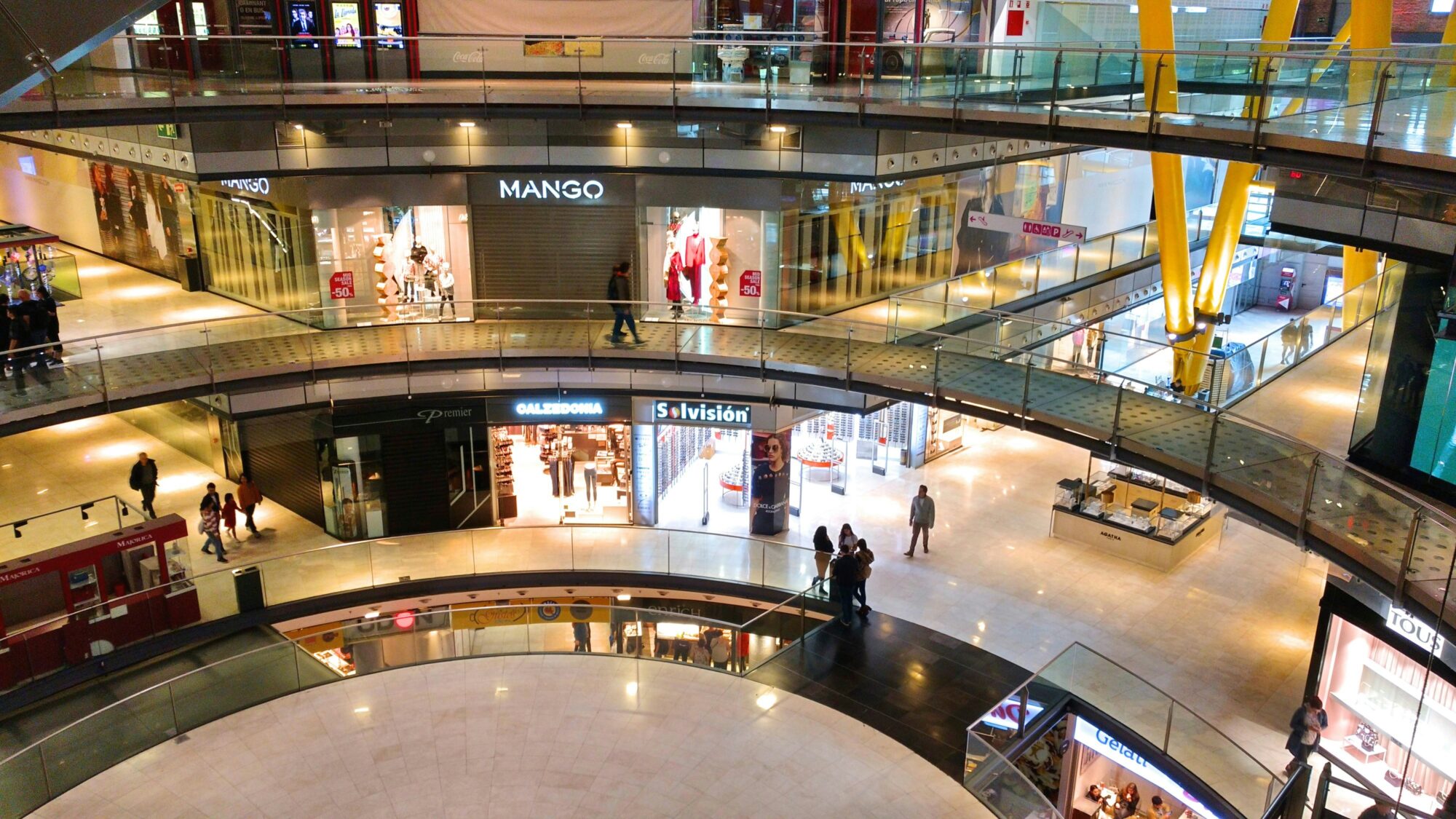The impact of potential wars, economic downturns, geopolitical tensions, job losses, and heightened product competition on consumer behavior can be significant, leading to challenges such as reduced sales for retailers. Here’s how these factors typically affect shoppers and retail sales:
Economic Uncertainty and Consumer Confidence: When consumer confidence is low due to economic uncertainty or fears of a recession, people tend to reduce their spending on non-essential goods. This shift causes shoppers to become more price-sensitive and cautious with their purchasing decisions. During such times, discretionary spending on luxury items and non-essential goods often decreases, and consumers may prioritize savings or paying off debt over shopping (Deloitte United States) (Deloitte United States).
- Geopolitical Issues: Geopolitical tensions can lead to market volatility and economic sanctions, which may disrupt supply chains and increase the cost of goods. These increased costs are often passed on to consumers, making products more expensive and potentially reducing their willingness to buy. Furthermore, geopolitical instability can lead to a general sense of insecurity among consumers, prompting them to tighten their spending (McKinsey & Company) (Solink).
- Job Losses: High unemployment or fear of job loss significantly affects consumer behavior, as income insecurity makes people more cautious about spending. Consumers are likely to cut back on non-essential purchases and delay larger investments, impacting retailers’ sales volumes. Retail sectors heavily dependent on discretionary spending, such as luxury goods, electronics, and non-essential services, are particularly vulnerable during times of high unemployment (NIQ) (Solink).
- Product Competition: Increased competition, especially in a globalized market, means consumers have more choices. This can lead to price wars and the need for differentiation among retailers. Consumers benefit from lower prices but may also delay purchases in anticipation of better deals or new products, complicating inventory and sales forecasting for retailers (Solink).
- Selective Shopping: With access to vast amounts of information online, consumers are becoming more selective and informed. They compare prices, read reviews, and often choose products that offer the best value for money. This behavior can lead to longer decision-making processes and decreased brand loyalty, as consumers are willing to switch brands for cost savings or better product features (Deloitte United States) (McKinsey & Company).
Overall, these factors can lead to a decrease in overall retail sales and pose significant challenges for retailers. To mitigate these risks, retailers may need to adapt by enhancing their value propositions, investing in customer relationship management, and diversifying their supply chains to reduce dependencies and vulnerabilities.
We invite you to join us next week for more insights on how strategic design can mitigate retail challenges. Dive deeper into the innovative ways that store layouts, fixtures, and in-store communications can transform customer experiences and drive business success. Don’t miss out on valuable strategies that could redefine your retail environment!
Photo by WeLoveBarcelona.de on Unsplash
